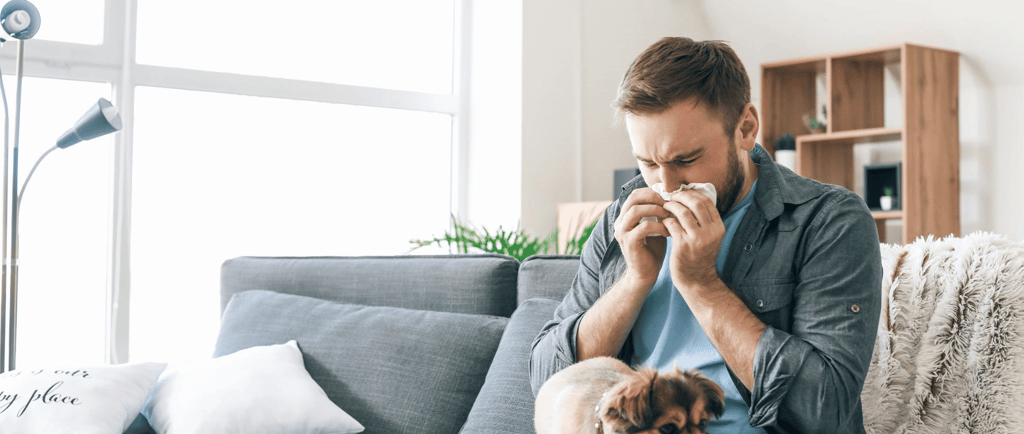How can I allergy-proof my home?
Create an allergy-proof home with tips on reducing pollen, dust mites, and pet dander to improve indoor air quality and reduce symptoms.
4/15/20242 min read


Creating an allergy-proof sanctuary in your own home can feel like a daunting task, especially during the high pollen counts of the tree and grass pollen seasons. However, with some simple adjustments and proactive measures, you can significantly reduce allergens in your living space, making it a more comfortable and healthier environment. Whether you're relying on allergy medications, allergy nasal spray, or seeking natural allergy relief, these tips will complement your efforts and help keep your home allergen-free.
Keep pollen outside
During tree pollen season and grass pollen season, it's crucial to minimise the amount of pollen that enters your home. Here are a few strategies:
Keep windows and doors closed during high pollen days.
Use air conditioning in your home and car to filter out pollen.
Shower and change clothes after being outdoors to wash away pollen.
Reduce dust mites
Dust mites are a common indoor allergen, particularly in bedrooms. To combat them:
Use allergen-proof covers on mattresses, pillows, and duvets.
Wash bedding weekly in hot water (at least 60°C) to kill dust mites.
Opt for wood or tile flooring over carpets, which can trap allergens.
Control pet dander
Pets like cats and dogs can be a significant source of allergens. If you have pets:
Keep them out of bedrooms and off upholstered furniture.
Bathe and groom pets regularly to reduce the amount of dander.
Consider using an air purifier with a HEPA filter to capture pet dander.
Tackle mould
Mould thrives in damp environments, contributing to allergic reactions. To prevent mould growth:
Fix leaks and address dampness issues promptly.
Use dehumidifiers in damp areas, like basements, to keep humidity levels low.
Clean bathrooms and kitchens regularly with mould-killing products.
Use the right cleaning techniques
How you clean can also impact allergen levels in your home:
Dust with a damp cloth to trap and remove allergens rather than spreading them into the air.
Vacuum regularly using a vacuum cleaner with a HEPA filter to effectively capture allergens.
Consider a saline nasal spray to flush out allergens from your nasal passages after cleaning.
Ventilate your home
Good ventilation helps reduce indoor allergens:
Use exhaust fans in bathrooms and kitchens to remove moisture and cooking fumes.
Open windows when pollen counts are low to allow fresh air to circulate and reduce indoor allergens.
Seek professional help
For severe allergies, consulting with an allergy company like Airyn for personalised allergy treatment can offer additional strategies and solutions. They can recommend allergy meds, allergy sprays, or allergy drops tailored to your specific needs.
Conclusion
Allergy-proofing your home is an ongoing process that requires regular effort. By implementing these strategies, you can create a more allergy-friendly environment, reducing your reliance on allergy medicine and improving your quality of life. Remember, each small change contributes to a significant reduction in allergens, helping you breathe easier and enjoy your home to the fullest.
